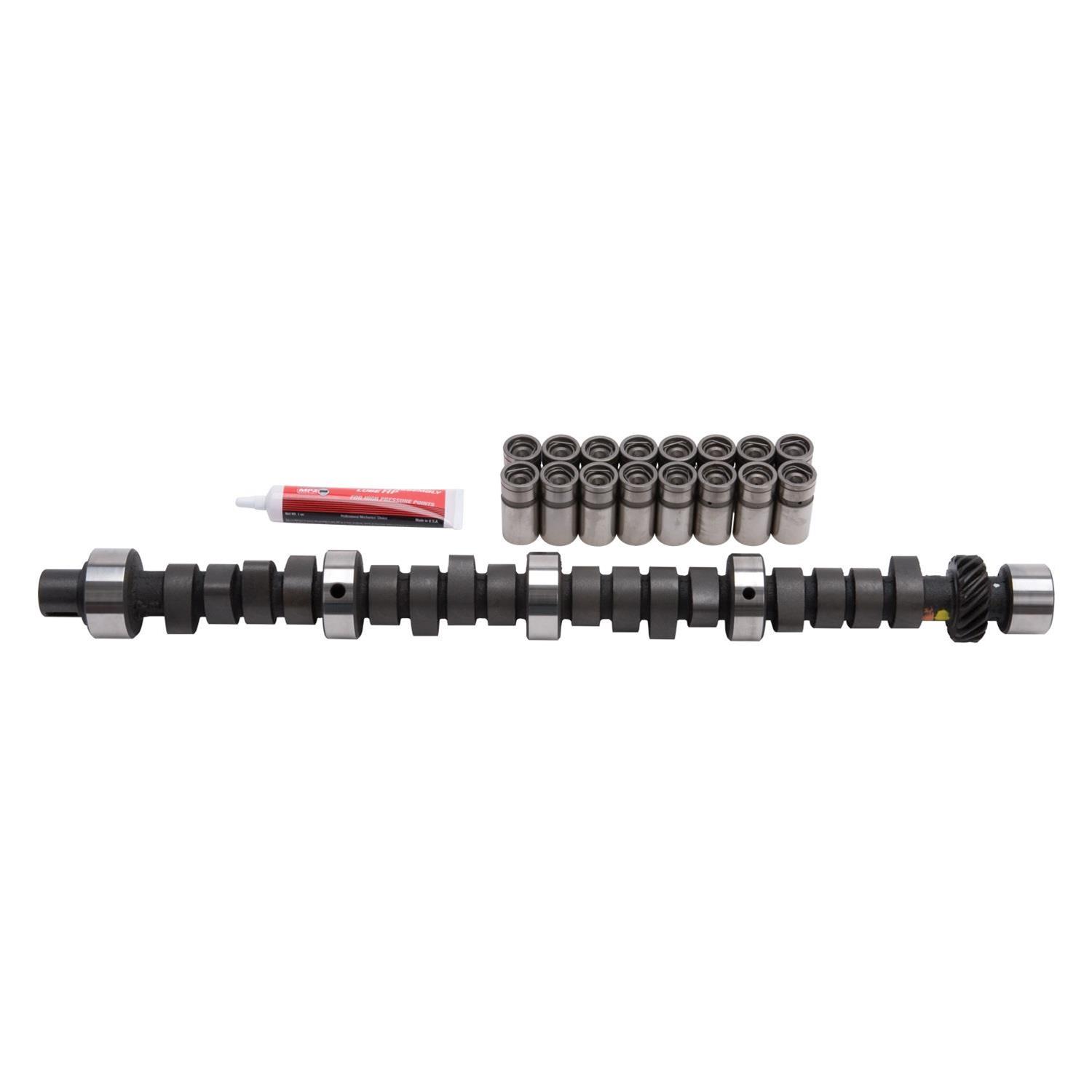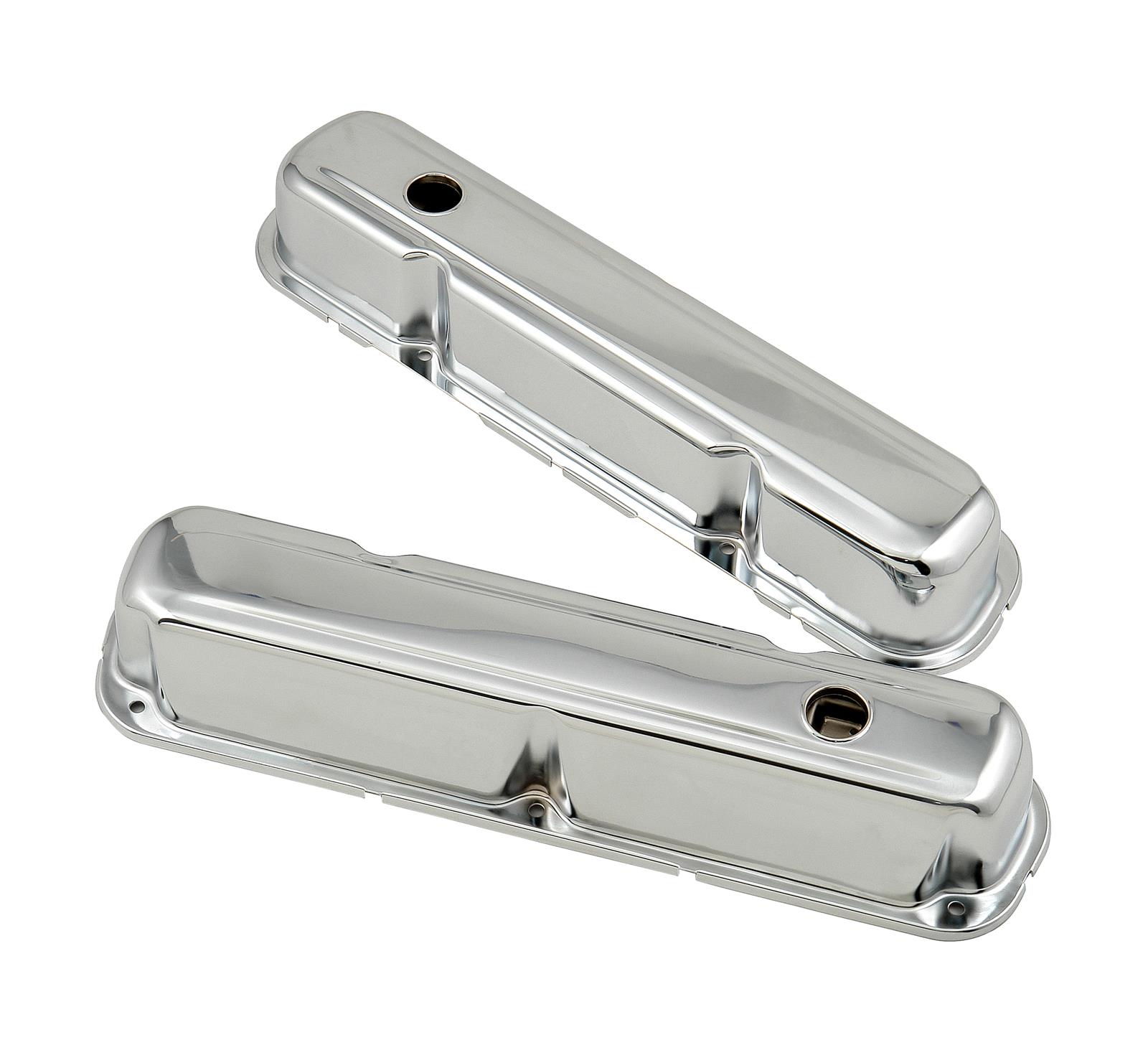1986ed
Member
This will be a build thread for my first restoration project and all the excitement (or complications) that I'm bound to experience along the way. I bought my 1971 Dodge Charger from a family friend back on June 12th 2021 and now I'll a little over a year into it. I bought it from him completely disassembled as he was going to paint it. That task has now fallen onto me.
Not only is this my first restoration, but it's also my first Mopar, and my first muscle car in general. I've been tinkering with 80s Ford trucks since I was in high school but that often feels like a totally different animal! Ever since I was a kid I've been into classic muscle cars, especially Dodges, so I'm ecstatic to finally have one of my own.
As far as I can tell, there are essentially two different types of people when it comes to classic car restorations. The resto-mod guys and the OEM purists... I fall somewhere in between. While I admire the dedication, skill, and knowledge that is required to do a proper OEM restoration I find it silly to spend countless hours rebuilding a car only for it to run like it's 50 years old. On the other hand, while it does take a great deal of skill and creativity to make an old car look modern and unique, I feel that some of the beauty and charm held by old cars can get lost along the way.
My goal, with this project, is to try and maintain the original look of my Charger while introducing some modern technology in order to increase its drivability and bring it into the 21st century. Hopefully some of you will enjoy this thread and my journey. But at the very least I will have this thread to review my progress in the years to come.
Not only is this my first restoration, but it's also my first Mopar, and my first muscle car in general. I've been tinkering with 80s Ford trucks since I was in high school but that often feels like a totally different animal! Ever since I was a kid I've been into classic muscle cars, especially Dodges, so I'm ecstatic to finally have one of my own.
As far as I can tell, there are essentially two different types of people when it comes to classic car restorations. The resto-mod guys and the OEM purists... I fall somewhere in between. While I admire the dedication, skill, and knowledge that is required to do a proper OEM restoration I find it silly to spend countless hours rebuilding a car only for it to run like it's 50 years old. On the other hand, while it does take a great deal of skill and creativity to make an old car look modern and unique, I feel that some of the beauty and charm held by old cars can get lost along the way.
My goal, with this project, is to try and maintain the original look of my Charger while introducing some modern technology in order to increase its drivability and bring it into the 21st century. Hopefully some of you will enjoy this thread and my journey. But at the very least I will have this thread to review my progress in the years to come.


 Luckily the aftermarket camshaft I ordered came with new lifters and I got some rods to go with it. I went with the Edlebrock 2177.
Luckily the aftermarket camshaft I ordered came with new lifters and I got some rods to go with it. I went with the Edlebrock 2177.

















